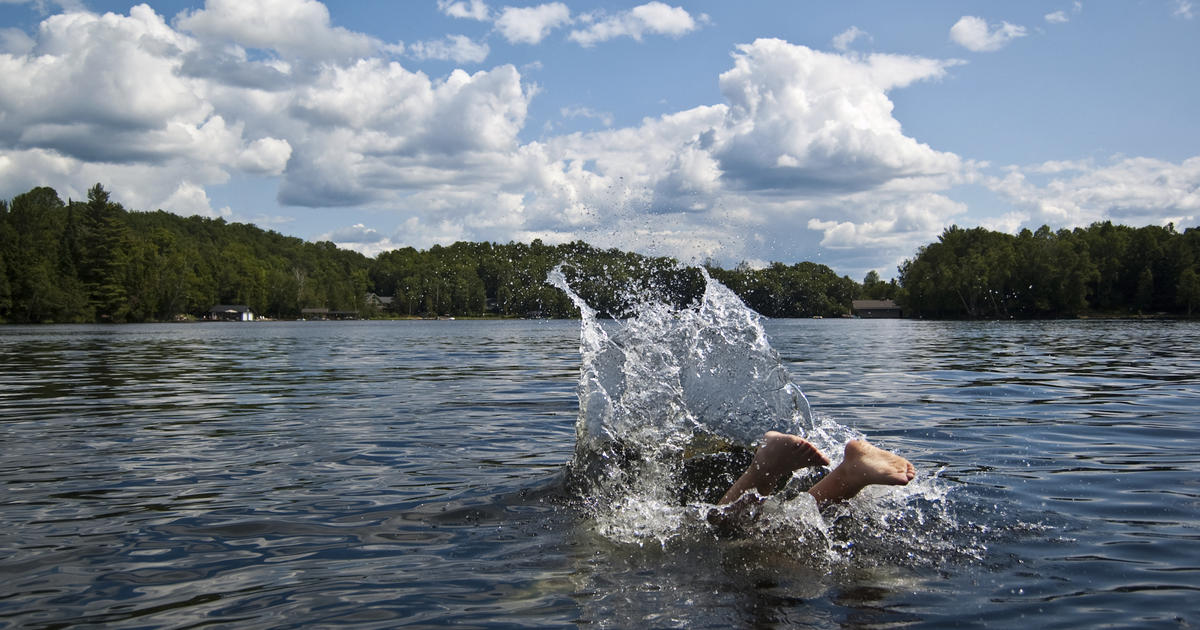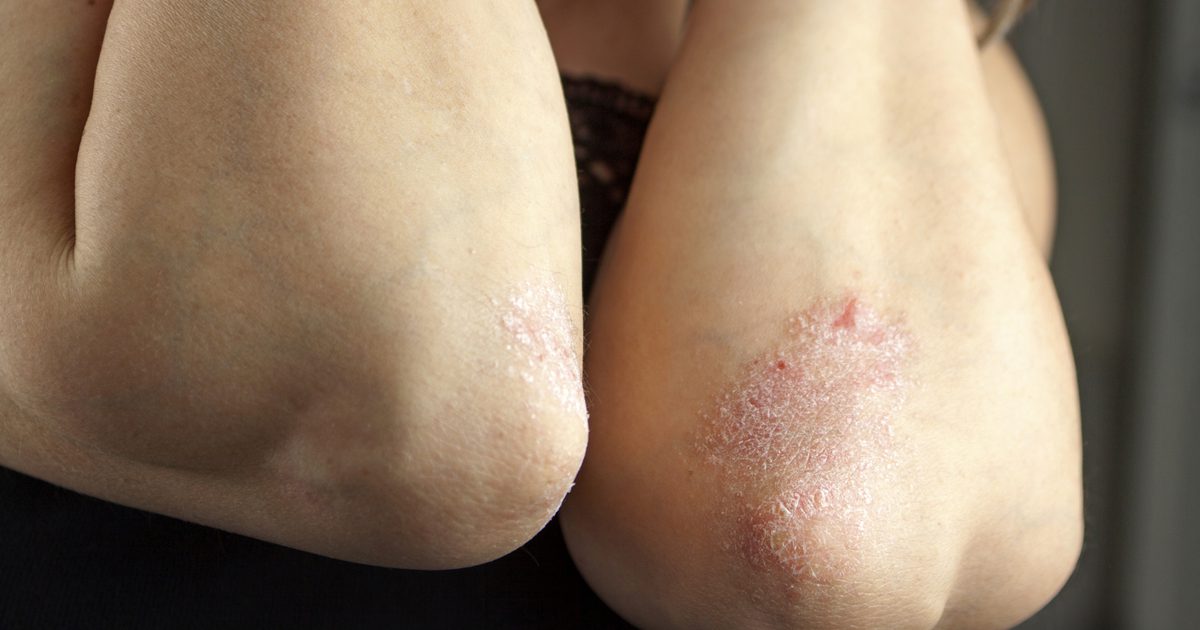Causes And Risk Factors Of Swimmer's Itch
Swimmer's itch, also known as cercarial dermatitis, is an allergic reaction to parasites that contaminate both fresh and salt water through infected snails. Individuals who swim in lakes, streams, ponds, and oceans may come into contact with the parasite, which buries itself into the skin of the swimmer. As the parasite feeds on the skin of the swimmer, an allergic reaction occurs in the form of a rash, along with burning, itching, and the formation of small blisters. Symptoms usually onset fairly quickly and can happen within minutes of contact with infested water. Although most cases of swimmer's itch do not require medical intervention, some treatments can help minimize the symptoms of pain and irritation.
Of course, understanding swimmer's itch starts with knowing its causes and risk factors.
Exposure To Parasites

The most common cause for swimmer's itch is exposure to parasites while swimming or coming into contact with infested waters. Frequent swimming in bodies of water associated with frequent contamination, such as ponds, streams, and lakes, increases an individual's risk for contracting the parasite. Frequent exposure to parasites also increases an individual's risk of serious symptoms that require medical intervention, such as a rash lasting longer than three days and infection. Individuals may also be exposed to the parasites that cause swimmer's itch by coming into contact with ducks, geese, gulls, beavers, muskrats, or their droppings. To minimize the risk, it is suggested individuals avoid swimming in bodies of water frequented by large amounts of birds and to avoid feeding ducks and geese.
Keep reading to reveal more risk factors and causes of swimmer's itch.
Increased Sensitivity

Some individuals have an increased sensitivity to the parasite that causes swimmer's itch. Individuals with repeated exposure to bodies of contaminated water have an increased sensitivity to the parasite and the allergic reaction that develops as a result. Individuals with an increased sensitivity to the parasite typically begin to see symptoms as soon as one hour after exposure to the parasite. These patients are typically also at an increased risk for developing more serious symptoms and needing medical intervention. As such, individuals who have contracted swimmer's itch in the past should avoid or limit swimming in water that may be contaminated with the parasite.
Continue to learn about the next risk factor that may result in swimmer's itch.
Time Spent In Infested Water

Time spent in infested water is one of the leading risk factors for contraction of swimmer's itch. Fresh and saltwater inhabited by waterfowl, such as ducks and geese, and other mammals are breeding grounds for the parasite that causes swimmer's itch. Lakes, ponds, and oceans, of course, are not chemically treated to eradicate parasites and other bacteria that can be unhealthy for humans. Because of this, it is vital to understand the risk associated with swimming in untreated bodies of water and limit the amount of time spent in potentially infested waters. When choosing to swim in fresh and saltwater locations, it is wise to choose bodies of water not frequented or inhabited by large amounts of waterfowl and other mammals.
Get to know the next risk factor for swimmer's itch.
Not Drying Off After Swimming

Not drying off after swimming can increase an individual's risk for contracting the parasite associated with swimmer's itch. Parasites may attach to the skin while swimming and since the parasites that cause swimmer's itch are microscopic, it is impossible to know whether one is latched onto the body or not. Therefore, it is vital to have a thorough drying routine after swimming. Properly drying off with a towel after swimming can remove any parasites attached to the body before they have the chance to burrow under the skin, minimizing the risk of exposure and the occurrence of the uncomfortable rash that follows exposure.
Learn more about what increases an individual's risk of swimmer's itch by reading more now.
Playing In Shallow Water

Playing in shallow water is another risk factor for contracting swimmer's itch. The parasite that causes swimmer's itch typically lies its eggs in the shallow areas of water near the shoreline. Because of this, young children are most at risk for contracting swimmer's itch due to the fact their swimming is generally limited to the shore and shallow areas. Because of this increased risk factor, it is especially important for children to rinse off after playing in bodies of water with a high risk of contamination and dry off thoroughly with a towel to detach any parasites latched onto the body and prevent further exposure.
